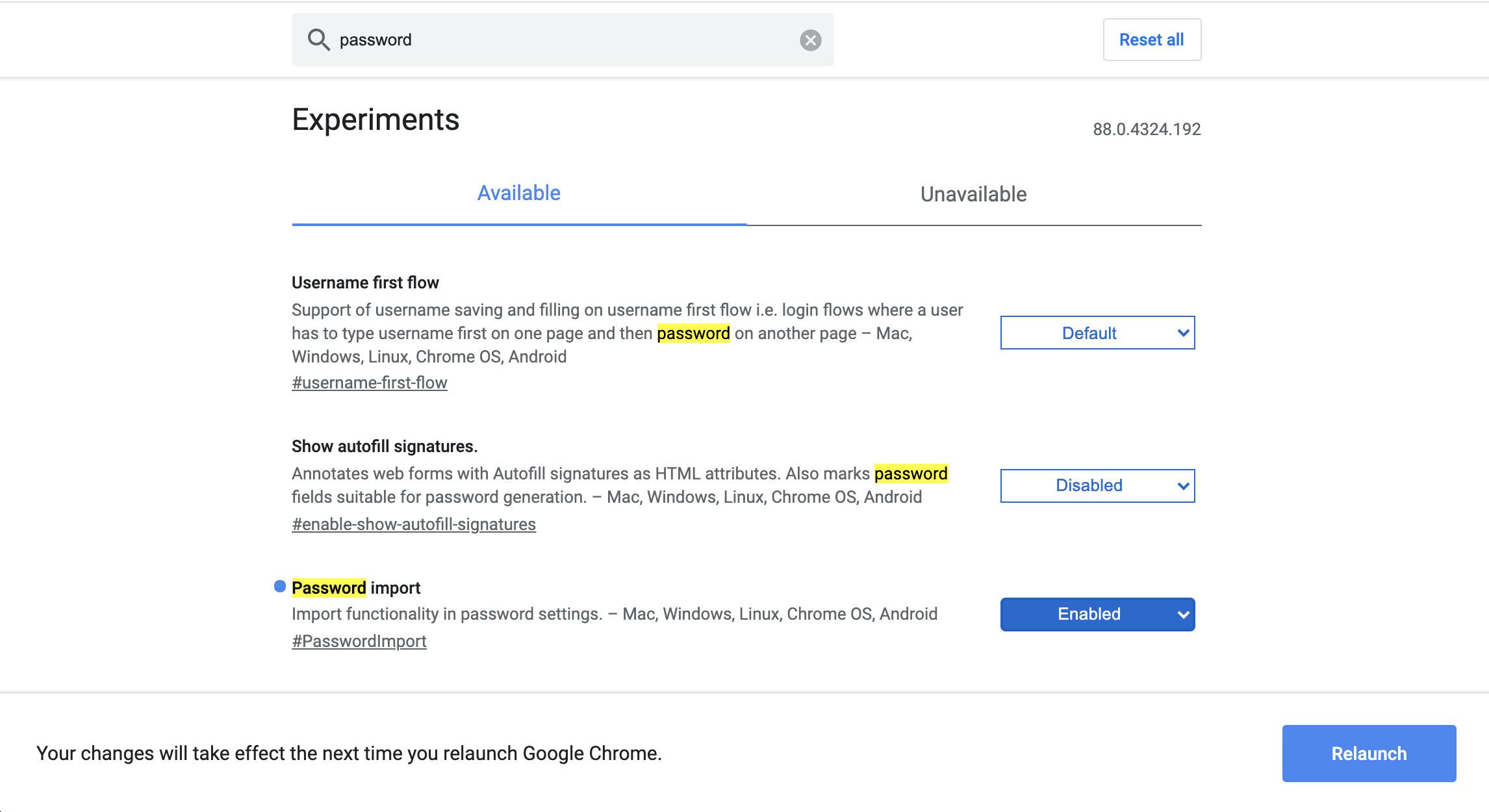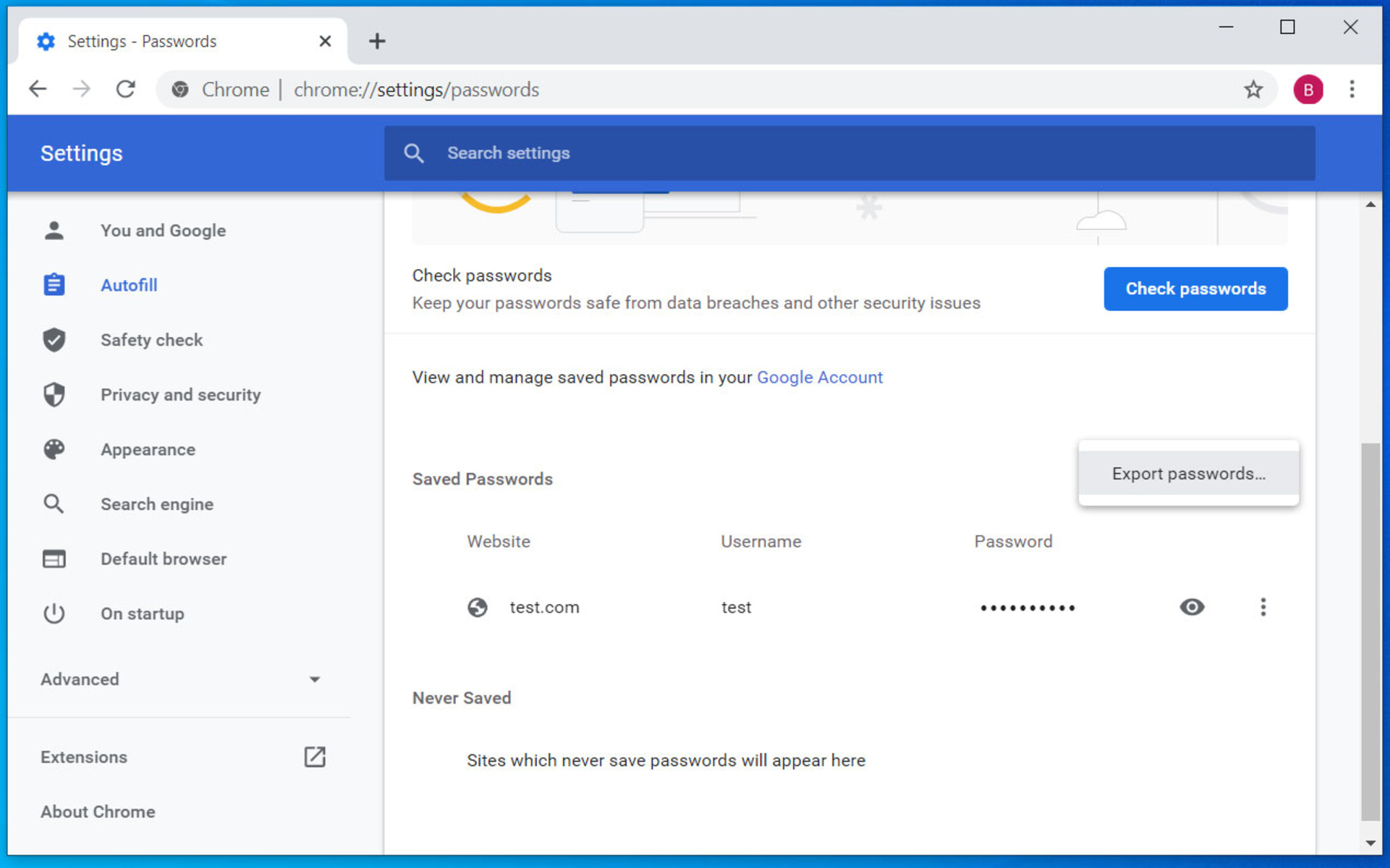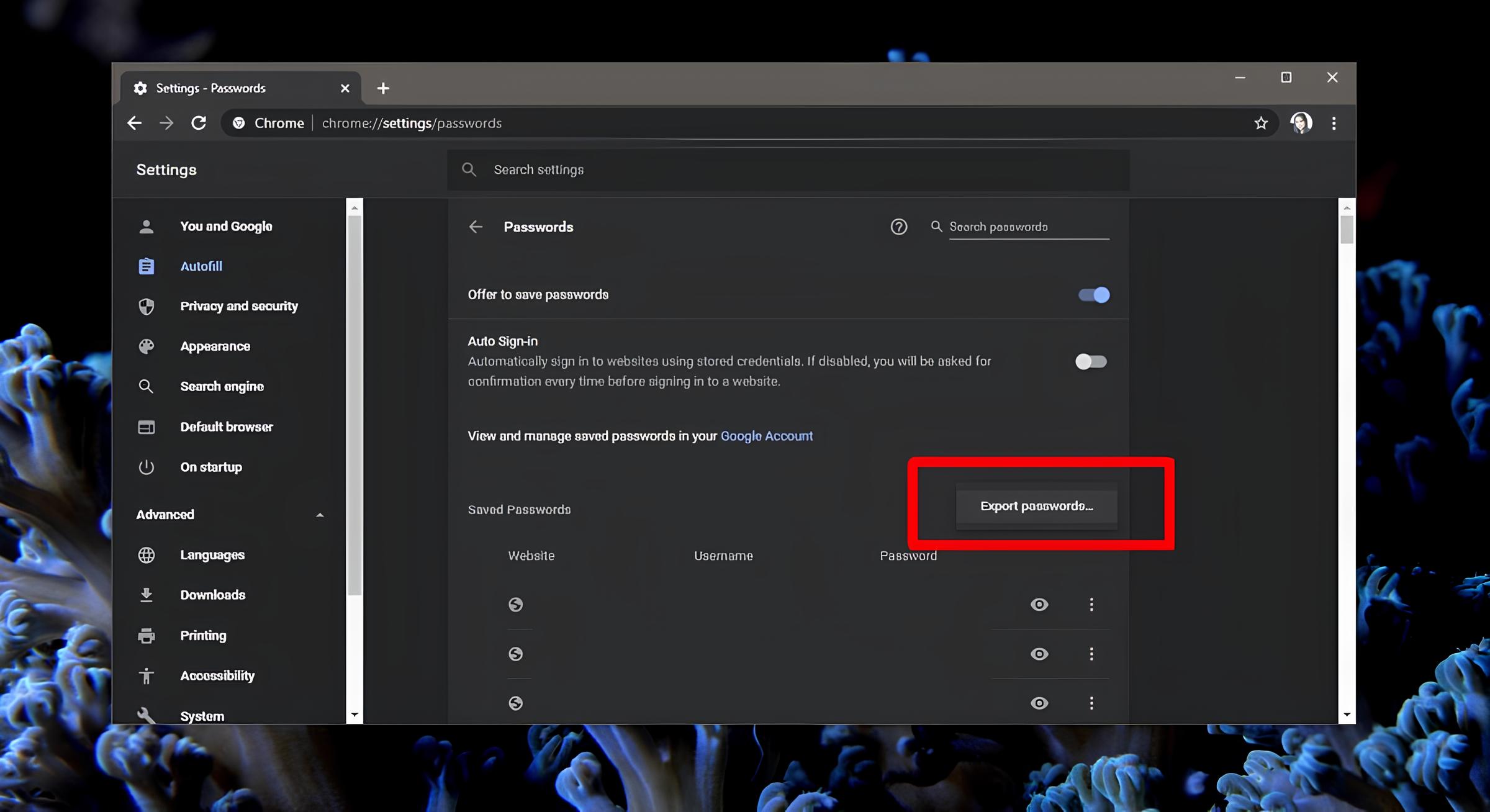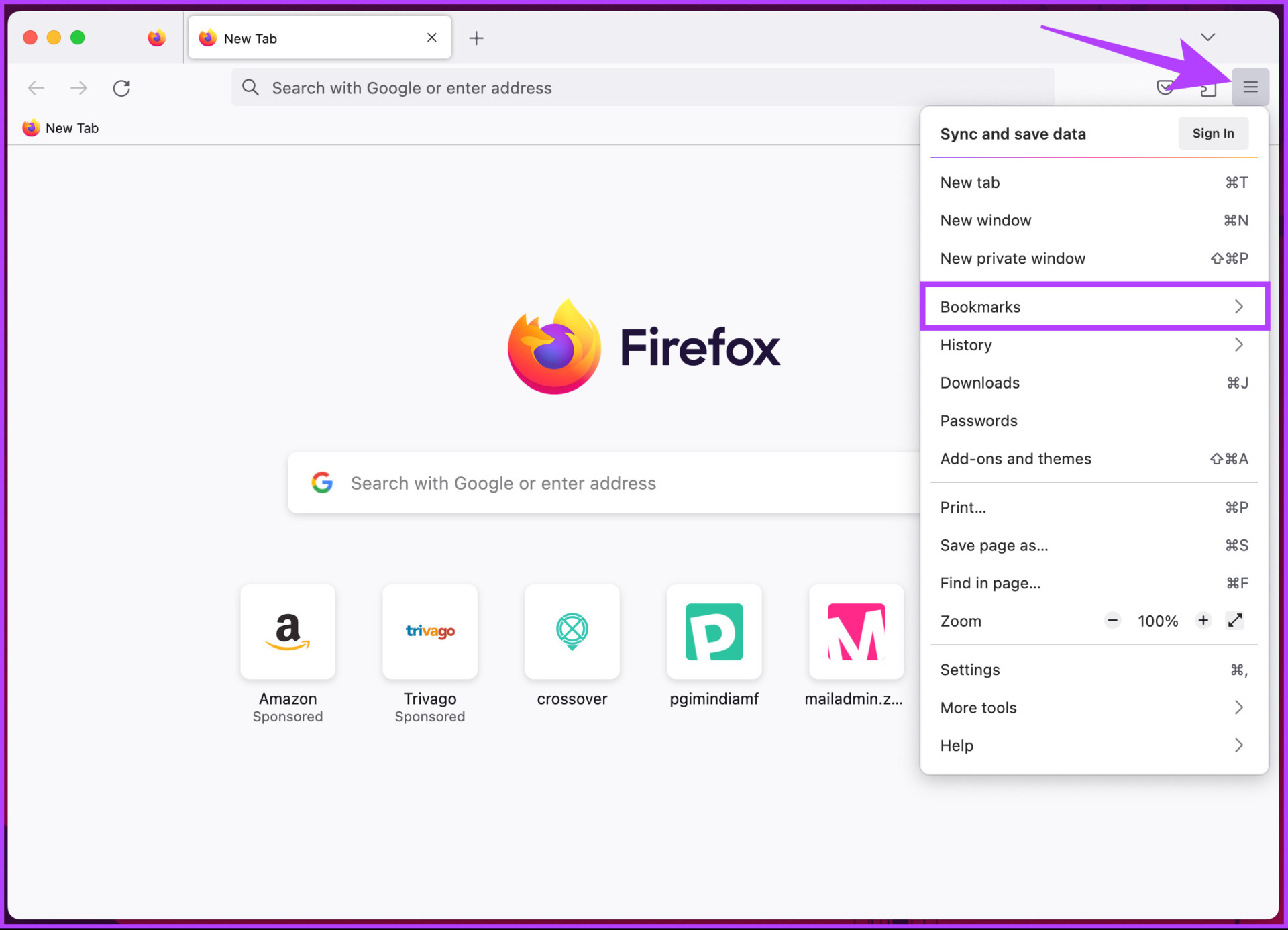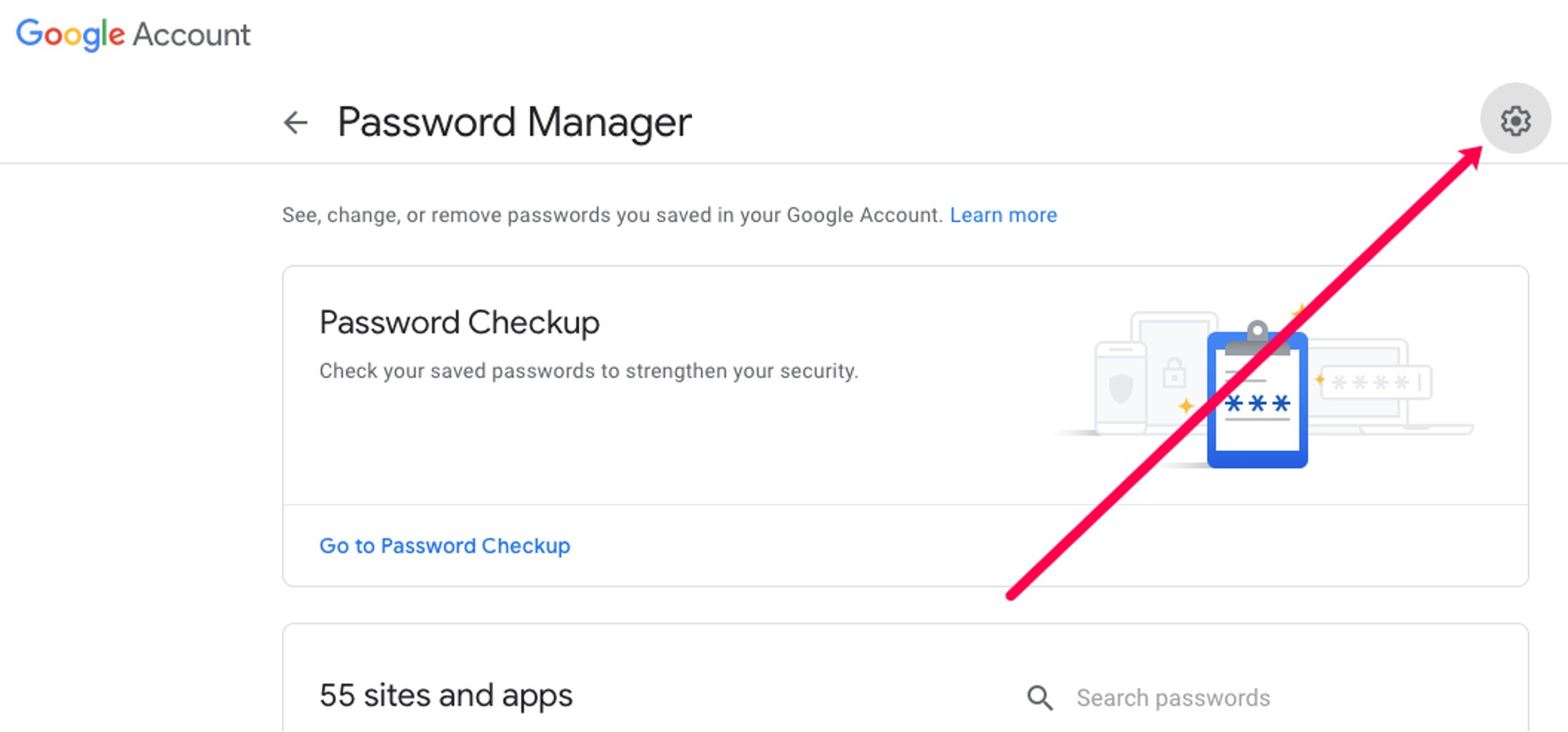Introduction
Enabling the import passwords feature in Chrome can significantly streamline the process of migrating your login credentials from another browser or a password manager. This functionality is especially valuable when transitioning to Chrome as your primary browser or consolidating your saved passwords in one secure location. By following a few simple steps, you can effortlessly import your passwords into Chrome, ensuring a seamless and secure browsing experience across all your devices.
In this article, we will guide you through the process of enabling the import passwords feature in Chrome. Whether you are switching from another browser, adopting Chrome as your default browser, or simply seeking to centralize your saved passwords, this feature can save you time and effort while maintaining the security of your sensitive login information.
By the end of this guide, you will have a clear understanding of how to access and activate the import passwords feature within Chrome's settings. This will empower you to efficiently transfer your saved passwords, eliminating the need to manually re-enter each login credential and enhancing your overall browsing convenience.
Let's delve into the step-by-step process of enabling the import passwords feature in Chrome, allowing you to seamlessly import your saved passwords and optimize your browsing experience.
Step 1: Open Chrome Settings
To begin the process of enabling the import passwords feature in Chrome, you first need to access the browser's settings. Chrome offers a user-friendly interface, making it easy to navigate and customize various features, including password management. Here's a detailed walkthrough of how to open Chrome settings:
-
Launch Chrome: Start by opening the Chrome browser on your desktop or laptop. You can do this by clicking on the Chrome icon in your taskbar, desktop, or applications folder, depending on your operating system.
-
Access the Menu: Once Chrome is open, look for the three vertical dots located in the top-right corner of the browser window. This icon represents the Chrome menu. Click on it to reveal a dropdown menu with various options and settings.
-
Navigate to Settings: Within the dropdown menu, locate and click on the "Settings" option. This will redirect you to the Chrome settings interface, where you can customize a wide range of browser features and preferences.
-
Explore Advanced Settings (Optional): For more advanced users or those seeking additional customization options, Chrome offers an "Advanced" section within the settings. You can access this by scrolling to the bottom of the main settings page and clicking on "Advanced." Here, you can fine-tune specific browser functionalities to suit your preferences.
By following these steps, you can easily open Chrome settings and prepare to proceed with enabling the import passwords feature. The intuitive layout of Chrome's settings interface ensures that users can swiftly access and modify various browser configurations, including password management settings.
With Chrome settings now accessible, you are ready to move on to the next step in the process of enabling the import passwords feature. This will involve navigating to the specific section where password management settings are located, allowing you to seamlessly activate the import passwords functionality and streamline the migration of your saved credentials.
Step 2: Click on "Passwords"
Once you have accessed the Chrome settings, the next crucial step is to navigate to the "Passwords" section, where you can manage and customize your saved login credentials. This section serves as a centralized hub for all your stored passwords within Chrome, allowing you to view, edit, and organize your login information with ease. Here's a detailed exploration of how to click on "Passwords" within the Chrome settings interface:
-
Locate the "Autofill" Category: Within the Chrome settings interface, you will encounter different categories that encompass various browser functionalities. Look for the "Autofill" category, which includes options related to forms, payment methods, and passwords.
-
Access the "Passwords" Subsection: Under the "Autofill" category, you will find the "Passwords" subsection. Click on this option to enter the dedicated area for managing your saved passwords within Chrome.
-
View Your Saved Passwords: Upon clicking on "Passwords," you will be presented with a list of your saved login credentials. This comprehensive overview allows you to review and organize your passwords, ensuring that you have full visibility and control over your stored accounts.
-
Explore Additional Password Management Options: Within the "Passwords" section, Chrome provides additional options for password management, such as the ability to export or import passwords, as well as the option to enable or disable the automatic saving of passwords. These features empower you to customize your password management experience according to your preferences.
By clicking on "Passwords" within the Chrome settings, you gain access to a centralized platform for managing your saved login credentials. This streamlined approach simplifies the process of overseeing and organizing your passwords, ultimately enhancing your browsing convenience and security.
With the "Passwords" section now accessible, you are well-positioned to proceed to the next step of enabling the import passwords feature within Chrome. This involves activating the functionality that allows you to seamlessly import your saved passwords from another browser or a password manager, consolidating your login credentials within Chrome for a more unified browsing experience.
Step 3: Enable Import Passwords
Enabling the import passwords feature in Chrome is a straightforward process that empowers you to seamlessly transfer your saved login credentials from another browser or a password manager. By activating this functionality, you can consolidate your passwords within Chrome, ensuring a unified and secure browsing experience across all your devices. Here's a detailed guide on how to enable the import passwords feature within Chrome:
-
Access the Import Passwords Option: Within the "Passwords" section of Chrome settings, look for the option to import passwords. This feature allows you to bring in your saved login credentials from another browser or a password manager, streamlining the migration process.
-
Initiate the Import Process: Upon locating the import passwords option, click on it to initiate the import process. Chrome will prompt you to select the source from which you wish to import your passwords, such as another browser or a password management tool. This step ensures that you can seamlessly transfer your login credentials without manual input.
-
Authenticate the Import: Depending on the source from which you are importing passwords, Chrome may require you to authenticate the process. This could involve logging into your account on the source browser or password manager to authorize the transfer of your saved passwords to Chrome. By completing this authentication step, you ensure the security and integrity of the import process.
-
Review Imported Passwords: Once the import process is complete, Chrome will display a summary of the passwords that have been successfully imported. This overview allows you to review the transferred login credentials, ensuring that all relevant accounts are seamlessly integrated into Chrome's password management system.
-
Optimize Password Organization: After importing your passwords, take advantage of Chrome's password management features to organize and categorize your login credentials. You can edit, remove, or add labels to your saved passwords, ensuring that your password vault is efficiently structured and easy to navigate.
By following these steps, you can enable the import passwords feature within Chrome, facilitating the seamless migration of your saved login credentials. This functionality not only saves you time and effort but also enhances the security and convenience of managing your passwords within the Chrome browser.
With the import passwords feature now enabled, you have successfully streamlined the process of consolidating your saved login credentials within Chrome. This empowers you to enjoy a unified and secure browsing experience, with all your passwords conveniently accessible across your devices.
Conclusion
In conclusion, enabling the import passwords feature in Chrome is a valuable capability that empowers users to seamlessly consolidate their saved login credentials within the browser. By following the step-by-step process outlined in this guide, you can efficiently transfer your passwords from another browser or a password manager, ensuring a unified and secure browsing experience across all your devices.
Upon completing the process of enabling the import passwords feature, you gain the convenience of having all your login credentials readily accessible within Chrome's password management system. This eliminates the need to manually re-enter each password, saving you time and effort while maintaining the security of your sensitive login information.
Furthermore, the ability to import passwords into Chrome enhances your overall browsing convenience, especially if you are transitioning from another browser or seeking to centralize your saved passwords. This feature streamlines the migration process, allowing you to seamlessly integrate your login credentials into Chrome's password vault.
By accessing the Chrome settings, clicking on "Passwords," and enabling the import passwords feature, you unlock a powerful functionality that optimizes your password management experience. The intuitive interface and straightforward process ensure that users of all levels can effortlessly leverage this feature to enhance their browsing convenience and security.
As you navigate the import passwords feature within Chrome, remember to review the imported passwords and take advantage of Chrome's password management options to organize and categorize your login credentials. This proactive approach ensures that your password vault is efficiently structured and easy to navigate, further enhancing your browsing convenience.
In essence, by enabling the import passwords feature in Chrome, you are not only streamlining the process of consolidating your saved passwords but also embracing a more unified and secure approach to managing your login credentials. This capability reflects Chrome's commitment to providing users with robust and user-friendly features that enhance their overall browsing experience.
With the import passwords feature now enabled, you are well-equipped to enjoy the seamless integration of your saved login credentials within Chrome, ensuring a secure and convenient browsing experience across all your devices.







